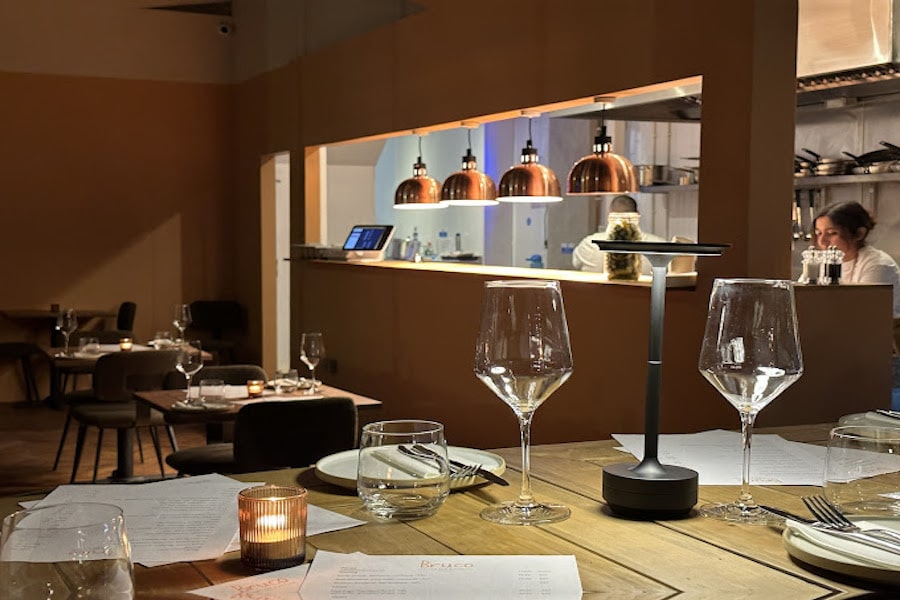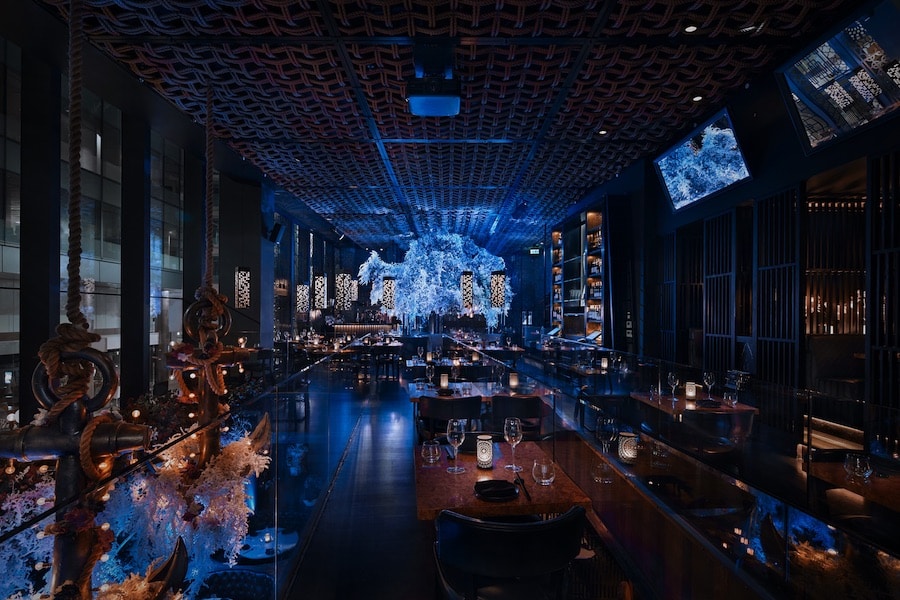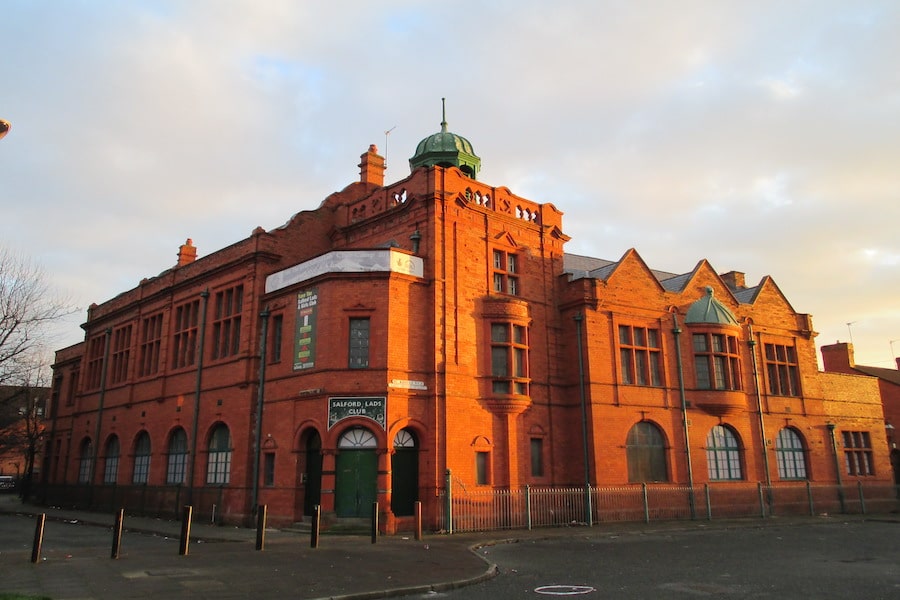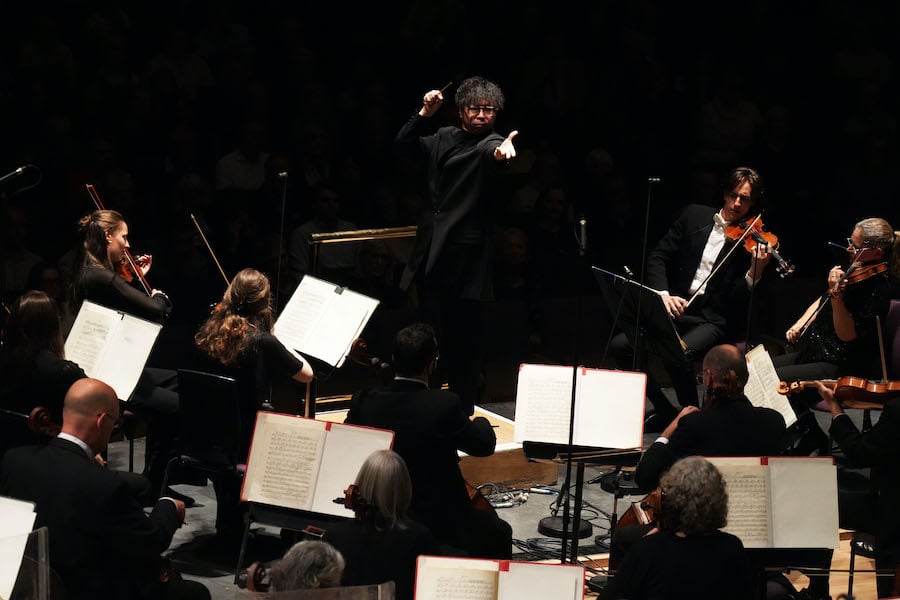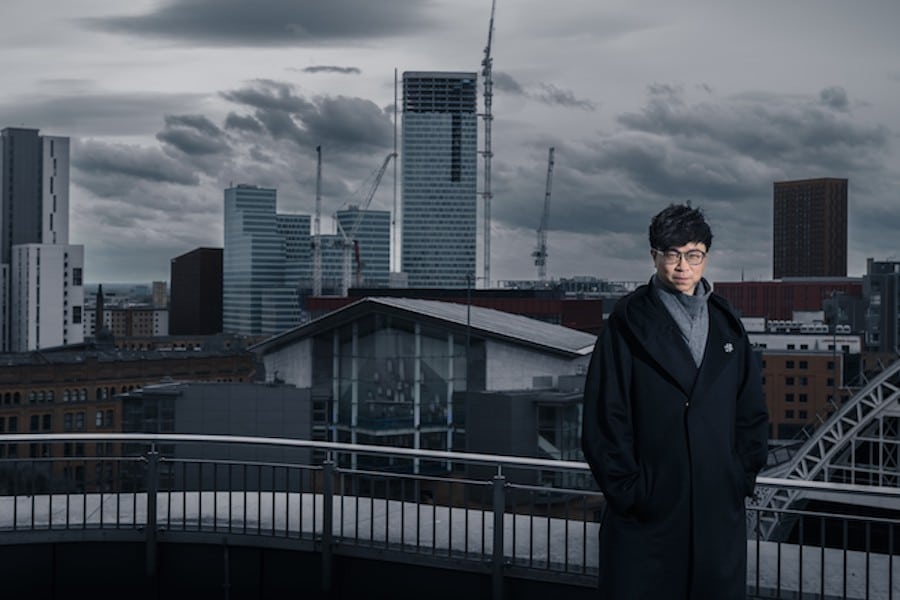Manchester’s got museums – but why isn’t there a Museum of Manchester?
- Written by Ray King
- Last updated 8 years ago
- Culture, Museums
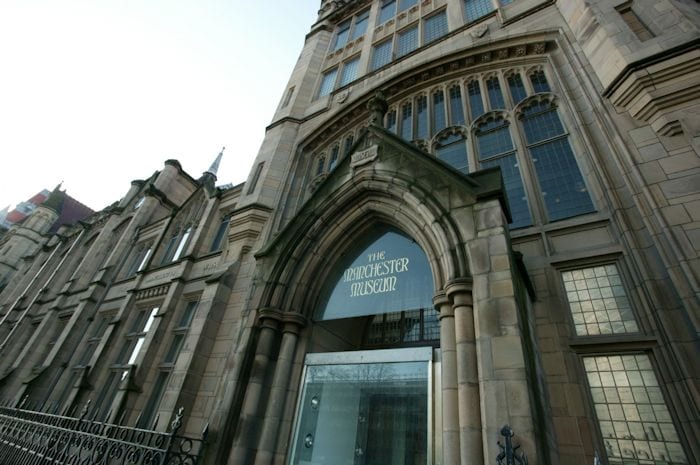
Manchester boasts several excellent museums as befits the rich culture of England’s second city. Two of them house national collections. All of them are significant tourist attractions.
The National Football Museum is housed in the landmark Urbis building and the People’s History Museum – also known as the national museum of democracy – is a treasure trove of social and political history on which Manchester exercised considerable influence.
The most popular is the Museum of Science and Industry with its impressive exhibits, galleries and hands-on experiences which chart the development of technology and industry with particular emphasis on Manchester’s achievements in these fields.
Cheetham boasts two fine institutions – the Manchester Jewish Museum in a beautiful Victorian former Spanish and Portuguese synagogue and the Transport Museum with its collection of public transport vehicles.
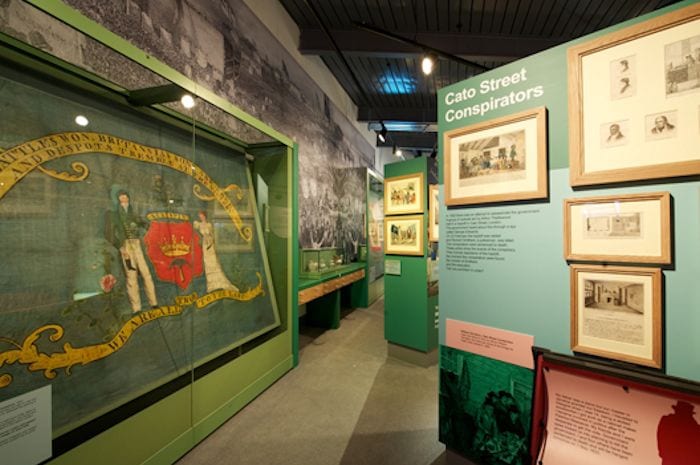
The Manchester Museum, run by the University in part of the Owen’s College building, houses a world class exhibition of ancient Egyptian artefacts as well as galleries devoted to zoology and the study of insects.
But where is the Museum of Manchester? Where is the story of Manchester through the ages? What were the important events along the way? How, in other words, did we get here?
I can only think of one illustrated representation of the city’s history on more or less public exhibition – Ford Madox Brown’s 12 murals in the town hall’s Great Hall. But glorious as they may be, some of the events depicted are at best fanciful and the artist’s narrative concludes in the middle of the 19th century. A lot has happened since then that’s shaped Mancunian lives.
There’s a cartoon-like quality to the murals and the early scenes bear all the hallmarks of the Victorians’ romantic notion of the past. The series begins with the Romans building their fort in Castlefield in the first century and ends with a representation of scientist John Dalton discovering marsh gas in a bucolic pond in the mid-1800s.
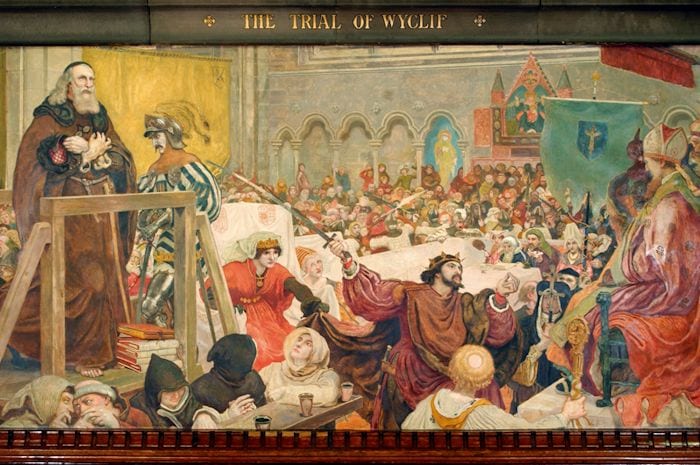
In between, Ford Madox Brown’s choice of epoch-making events is, let’s say, inventive, if not pretty far-fetched. My personal favourite mural depicts the trial of John Wycliffe, but the event itself took place far from the city. The expulsion of the Danes from Manchester is a figment of the artist’s imagination and Bradshaw’s Defence of Manchester against Lord Strange’s Royalist troops is just plain wrong. The commander of the Parliamentary garrison on the Salford bridge was Captain Johan Rosworm, a German engineer, not John Bradshaw.
The opening of the Bridgewater Canal is celebrated by the artist, but perhaps the two most important events of the early to mid 19th century are omitted from the series altogether. Peterloo and the cotton famine sparked in part by Manchester mill workers’ support for the anti-slavery Union during the American Civil War were deemed ‘too controversial’ by the council.
It’s great art but very iffy history. Manchester could do better. The story, from the establishment of Agricola’s fort on the Chester-York road to the present day, needs to be told in a simple, informative and illustrated way that will knit together Madox Brown’s events with Manchester’s more recent history – the Industrial Revolution and the radical social and political change that ushered in two world wars, the Blitz and the emergence of the post industrial city and its popular couture – all in one place.
As the excellent Imperial War Museum North demonstrates so well, modern museums don’t need to be stuffed with static inanimate exhibits, fascinating as they may be. They can present a narrative history through film, video, photographic stills, artworks and even computer generated graphics.
Since the arrival of the Flemish weavers in the 1300s – also the subject of one of Madox Brown’s Great Hall murals – Manchester has accommodated waves of migrants across the centuries.
A museum devoted to the city’s narrative history would go a long way to creating a shared sense of place for all of us.
- This article was last updated 8 years ago.
- It was first published on 26 July 2016 and is subject to be updated from time to time. Please refresh or return to see the latest version.
Did we miss something? Let us know: [email protected]
Want to be the first to receive all the latest news stories, what’s on and events from the heart of Manchester? Sign up here.
Manchester is a successful city, but many people suffer. I Love Manchester helps raise awareness and funds to help improve the lives and prospects of people across Greater Manchester – and we can’t do it without your help. So please support us with what you can so we can continue to spread the love. Thank you in advance!
Got a story worth sharing?
What’s the story? We are all ears when it comes to positive news and inspiring stories. You can send story ideas to [email protected]
An email you’ll love. Subscribe to our newsletter to get the latest news stories delivered direct to your inbox.

Here’s how you can make a difference in Manchester this Christmas
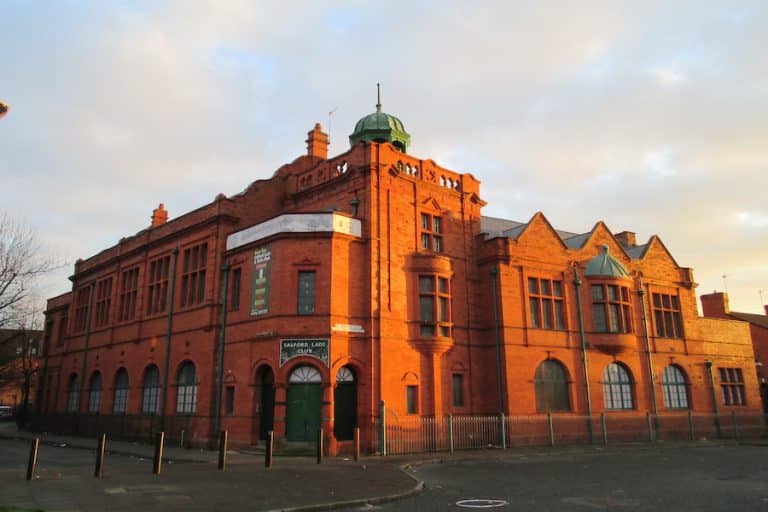
There is a light that must never go out – Film launched in last bid attempt to save Salford Lads’ & Girls’ Club
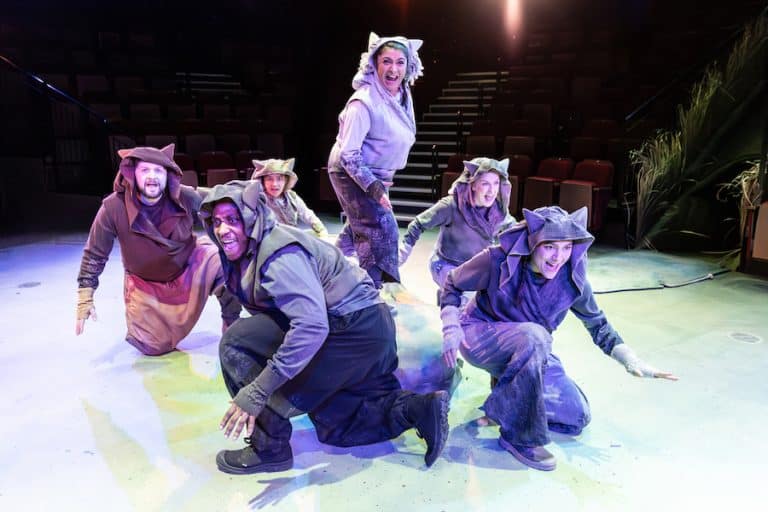
Review: The Jungle Book at the Octagon Theatre is ‘a spirited twist on the beloved Kipling classic’

Meet the pear, tomato and banana who are changing the way we fight hate crimes in Manchester

Here’s how you can get 50% off tickets to Jurassic World: The Exhibition this Black Friday







